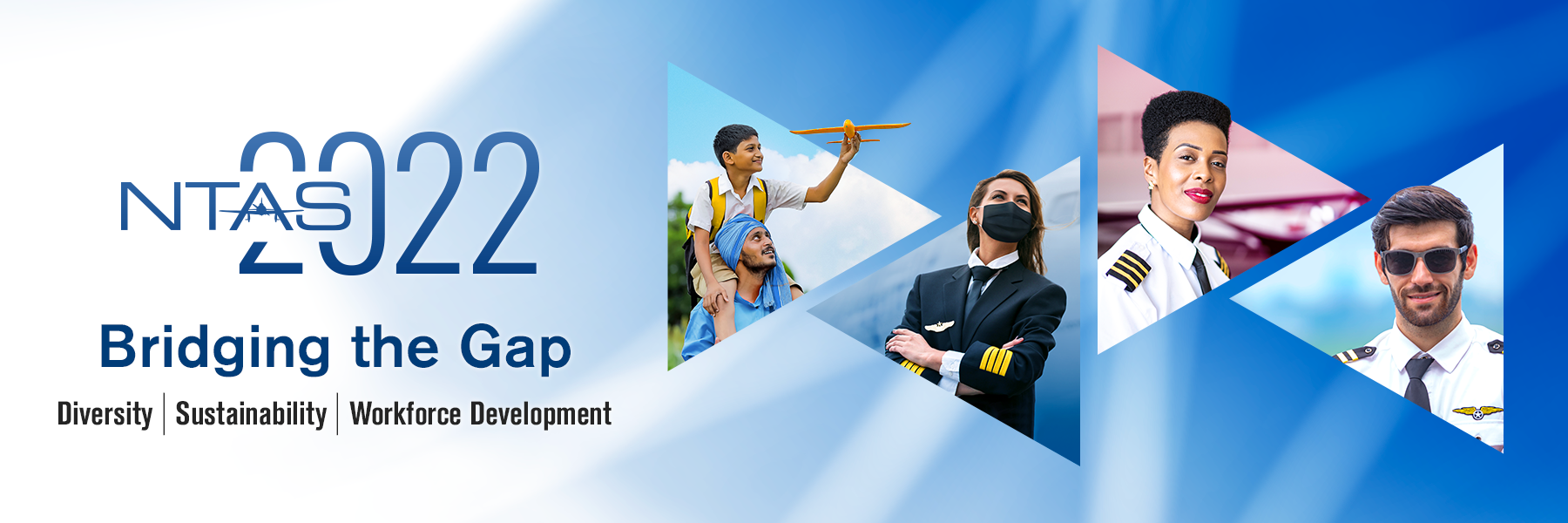Presenter Email
james.birdsong@auburn.edu
Submission Type
Presentation
Keywords
pilot workforce
Abstract
The pilot workforce grew by approximately 20,000 pilots between 2011 – 2019 before shedding almost 6,500 jobs in 2020 due to COVID-19. Long-term forecasts predict industry recovery and growth and the need for robust pilot hiring since approximately 50% of today’s pilot workforce will meet the mandatory retirement age within 15 years.
The current workforce consists of four generations, with the youngest (Generation Z) just beginning to join the airline ranks. The oldest generation (Baby Boomers) will be exiting the workforce within ten years, leaving three generations (Generations X, Y, and Z), two of which have spent their entire lives using digital technologies.
During the last decade, clearly defined civilian pathways to the pilot profession have developed through partnerships between numerous airlines and their select university and civilian flight academy partners. Civilian pathway programs provide a highly structured training experience and help offset the steadily declining percentage of military pilots who make up the pilot workforce.
A review of the emerging pilot workforce and trend markers for successful new hires will show the opportunities for transformational change in diversity, sustainability, and workforce development.
Bio
JB-1JDE_3317.jpeg (658 kB)
headshot
1482 - BIRDSONG & REESMAN - NTAS 1a - Analysis of the Emerging Pilot Workforce [au] (1) 10.26.22.pptx (7708 kB)
Analysis of the Emerging Pilot Workforce
The pilot workforce grew by approximately 20,000 pilots between 2011 – 2019 before shedding almost 6,500 jobs in 2020 due to COVID-19. Long-term forecasts predict industry recovery and growth and the need for robust pilot hiring since approximately 50% of today’s pilot workforce will meet the mandatory retirement age within 15 years.
The current workforce consists of four generations, with the youngest (Generation Z) just beginning to join the airline ranks. The oldest generation (Baby Boomers) will be exiting the workforce within ten years, leaving three generations (Generations X, Y, and Z), two of which have spent their entire lives using digital technologies.
During the last decade, clearly defined civilian pathways to the pilot profession have developed through partnerships between numerous airlines and their select university and civilian flight academy partners. Civilian pathway programs provide a highly structured training experience and help offset the steadily declining percentage of military pilots who make up the pilot workforce.
A review of the emerging pilot workforce and trend markers for successful new hires will show the opportunities for transformational change in diversity, sustainability, and workforce development.




Comments
Presented in Session 1 A - Insights & Solutions to the Pilot Shortage